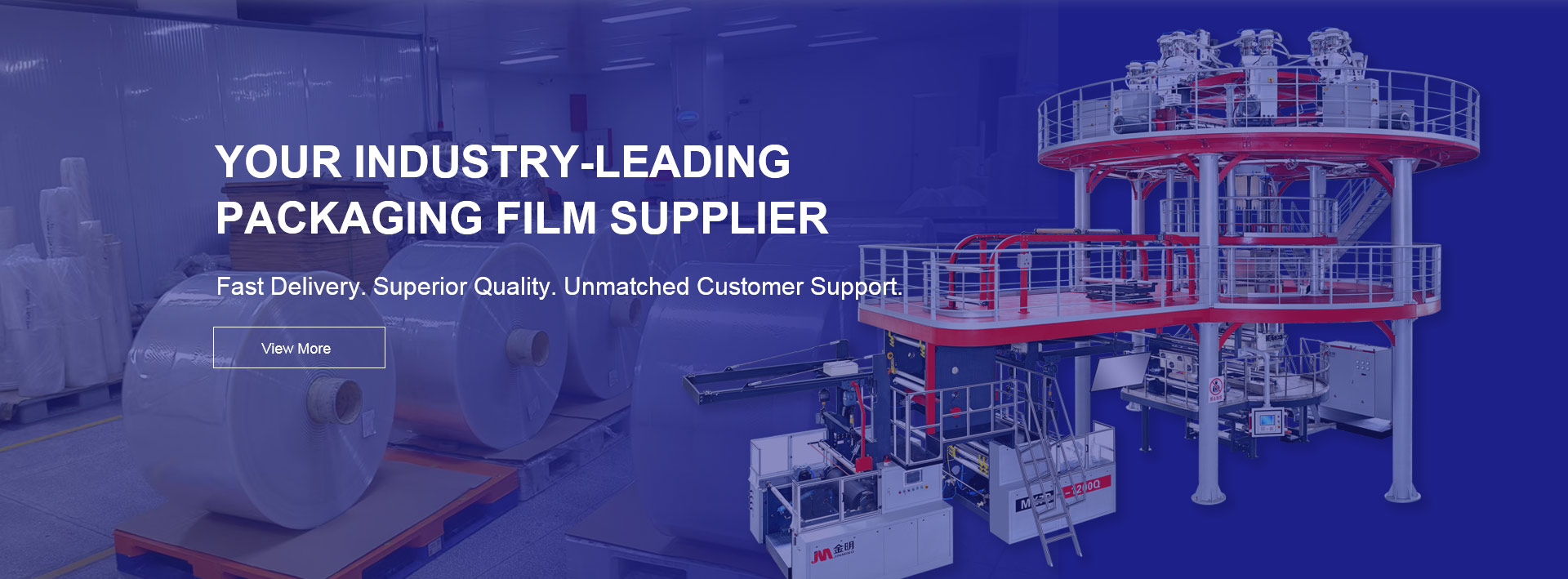
Creating branded Vacuum Pouches is one of the most effective ways to elevate a retail product’s shelf appeal while ensuring strong barrier protection. Retailers and manufacturers use vacuum bags not only for food preservation but also for enhancing brand identity through customized graphics, colors and structural designs. This article explains how printing and customization are carried out, what materials and processes are involved, and how businesses can achieve consistent branding across different pouch formats. For companies seeking high-quality vacuum packaging solutions, manufacturers like JINBORUN offer professional support on material selection, printing and customization.
Vacuum pouches used in retail settings are typically made from high-barrier multilayer films that protect contents from oxygen, moisture and external contamination. These films often combine nylon and polyethylene layers to balance puncture resistance with sealing strength. Retail brands customize these films with logos, color palettes, product information and transparent windows for visibility. The customization process requires choosing suitable printing technologies and structural features that match the product’s category and shelf-life requirements.
Different printing technologies offer distinct advantages depending on artwork complexity, pouch volume and brand standards.
Gravure cylinders engraved with microscopic cells distribute inks evenly across large batches. This method supports high-resolution images, smooth gradients and dense color saturation. It is ideal for brands that need consistent quality for high-volume SKUs. The durability of the cylinder also allows repeat production without visible changes in quality.
Flexographic plates transfer ink using flexible relief surfaces. This process is cost-effective for medium to large production volumes and supports most design styles. Modern flexographic equipment achieves precise registration and clean text rendering. It is suitable for retail-ready designs that include barcodes, nutritional tables and multi-color brand elements.
Digital printing is designed for low-volume, multi-variant or seasonal SKUs. It enables rapid artwork changes without plate costs. Retailers often use digital printing for trial products, limited editions or samples. The process supports photographic detail and enables fast turnaround, making it ideal for brands entering new retail segments.
Customization involves both visual and structural elements. Retailers typically adjust these features to match product positioning.
Custom logo placement
Brand color matching
Full-surface graphics
Matte or glossy finishes
QR codes, batch labels and traceability marks
Design work must account for sealing areas, tear lines and transparent windows to avoid distortion during pouch formation.
Thickness and barrier rating: Higher oxygen barrier films for meat, cheese and coffee; medium barrier films for nuts and dried fruits.
Pouch shapes: Three-side seal, stand-up, gusseted or shaped bags.
Functional add-ons: Zippers, tear notches, hang holes, rounded corners or anti-fog windows.
A table below shows typical structure choices:
| Product Type | Recommended Film | Common Thickness | Extra Features |
|---|---|---|---|
| Meat & Seafood | PA/PE high barrier | 70–120 microns | Anti-fog window, reinforced seals |
| Coffee & Tea | Aluminum laminate | 80–100 microns | Degassing valve, matte finish |
| Snacks & Dry Goods | PA/PE medium barrier | 60–90 microns | Zipper closure, hang hole |
Artwork is prepared in CMYK or spot colors, ensuring all text and icons meet print resolution requirements. Designers leave a safe margin around sealing areas to prevent distortion. If the pouch requires a transparent window, the artwork includes a knockout area.
Materials are chosen based on product shelf-life, retail environment and transportation needs. Multilayer structures like PA/PE, PET/PE or PET/AL/PE provide different barrier levels. High-barrier designs help retain aroma and freshness for protein, coffee or specialty foods.
Before printing, manufacturers provide digital proofs or cylinder layouts. This stage allows adjustments to color alignment, positioning and typography. Proofing ensures brand consistency, especially when producing multiple SKUs.
Once approved, films are printed using the selected method. Gravure or flexographic printing is often paired with solventless lamination to bond layers without odor contamination. The laminated material then cures to achieve full bond strength.
Printed films are cut, folded and sealed into final pouch shapes. Gussets, zippers and tear notches are added during this step. Quality checks confirm seal integrity, print registration and packaging dimensions.
A professionally printed vacuum pouch should maintain clarity, color consistency and strong sealing performance. Businesses can enhance results by using high-resolution artwork, specifying color standards, and selecting experienced manufacturers. Retailers seeking stable quality often choose suppliers like JINBORUN, which provide vacuum pouches tailored to retail markets with precise printing and material configurations.
Printing and customizing branded vacuum pouches involve coordinated decisions about film structures, printing technologies, functional features and visual presentation. With the right combination, retailers can achieve standout packaging that protects the product while reinforcing brand identity. Partnering with an experienced supplier helps streamline material selection, design development and conversion. Quality-driven manufacturers such as JINBORUN support businesses in producing consistent and attractive vacuum pouches suited for retail shelves.
Previous:
Next: Can Vacuum Packaging Films Be Used for Sous Vide Cooking?